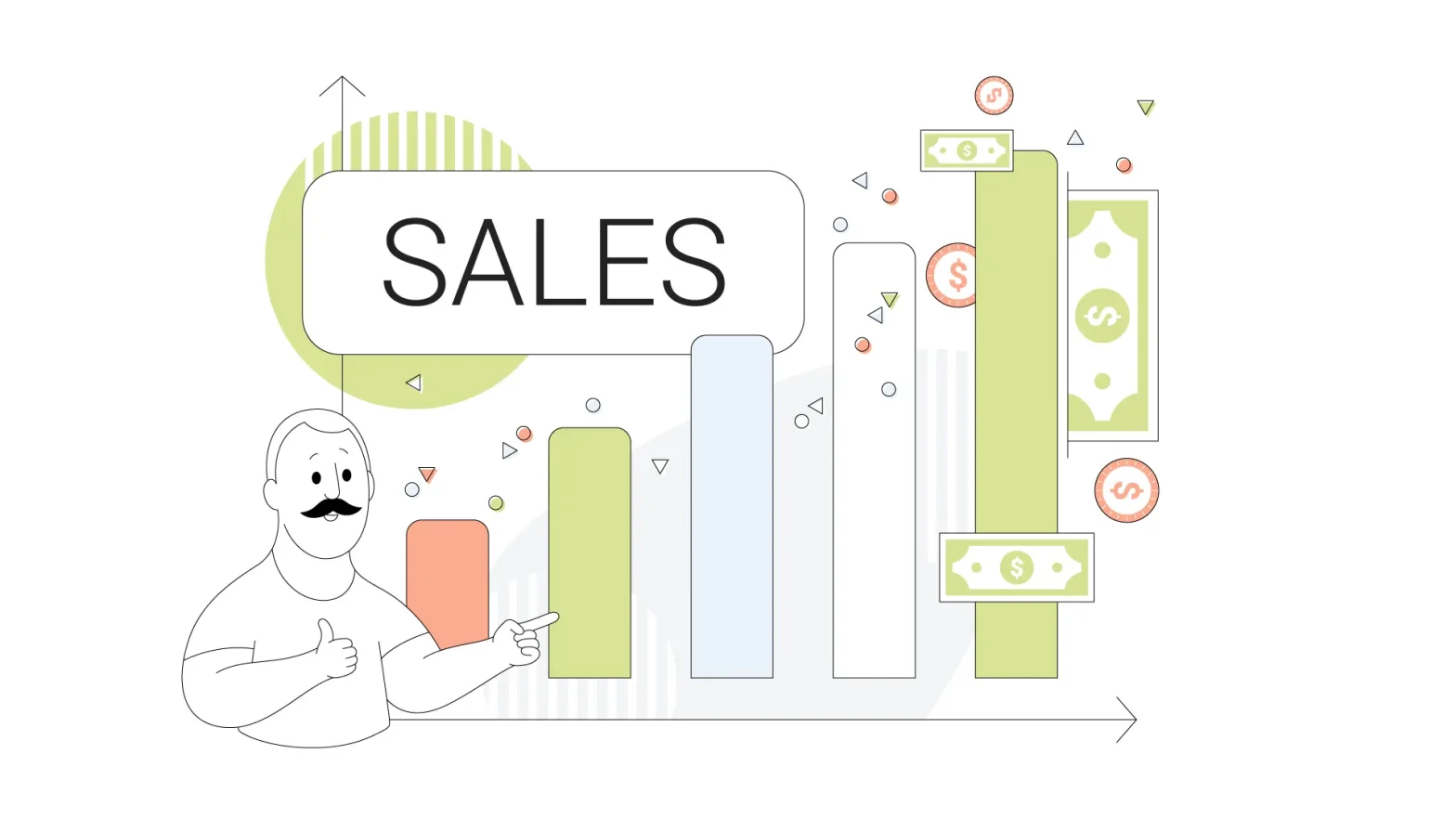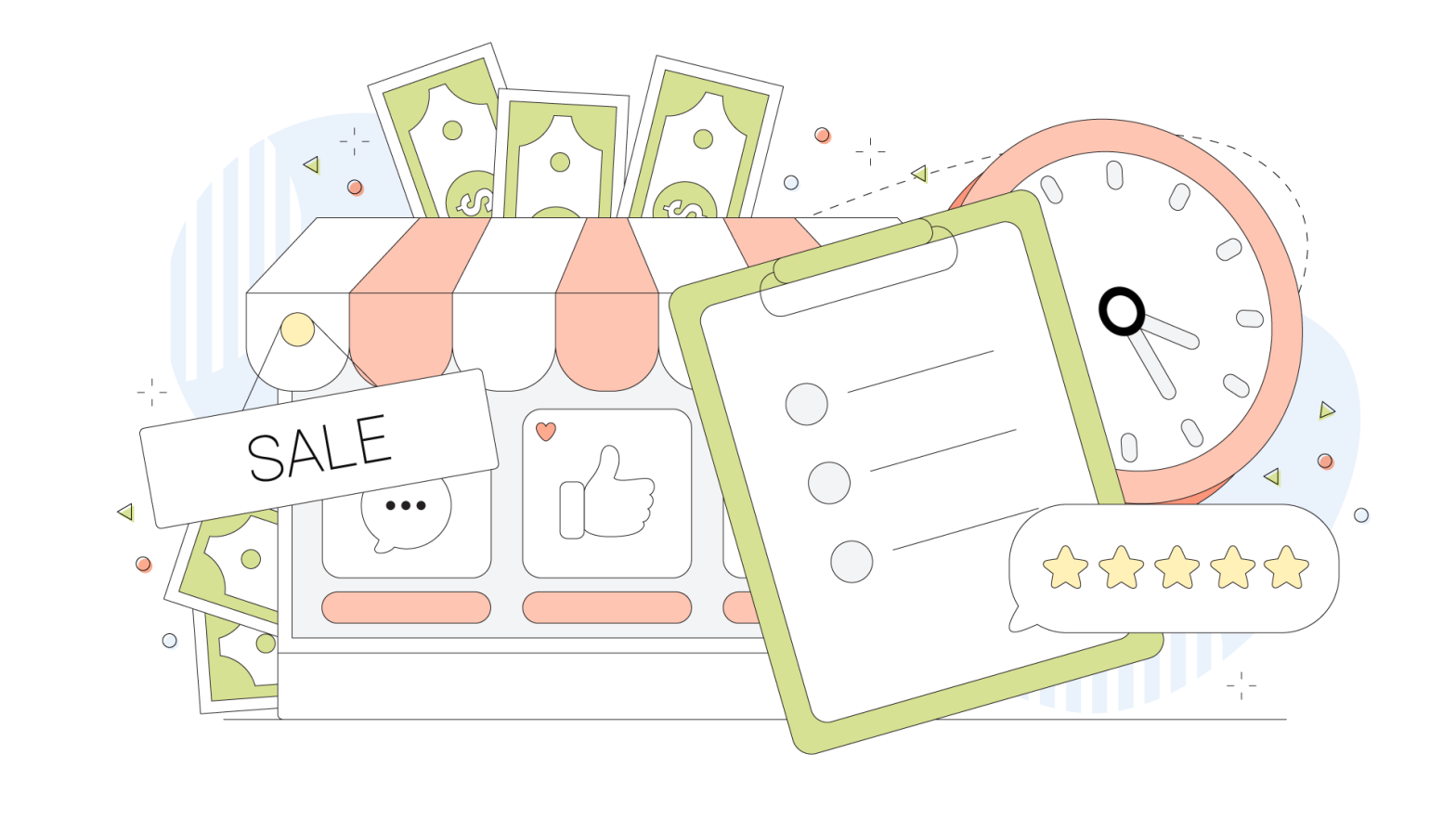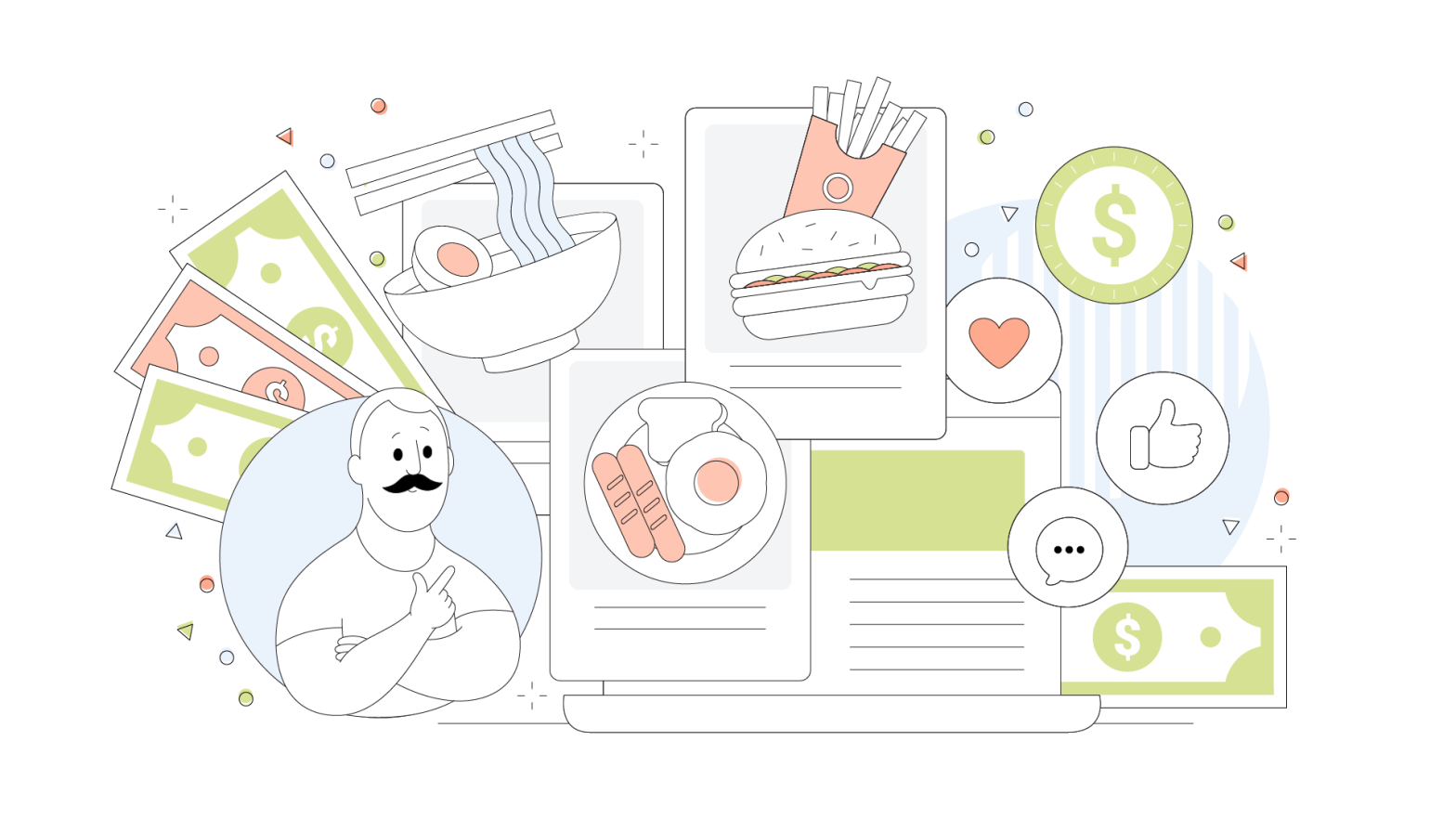Are you looking for ways to boost your business growth and increase sales? One key strategy that can help is implementing a well-designed sales funnel.
But what is a sales funnel, and how can you create one that works for your business?
In this article, we’ll explore the ins and outs of sales funnels and their benefits and provide tips for creating a well-designed one that can help amplify your business growth.
- What Is A Sales Funnel?
- How Can Sales Funnels Grow A Business?
- Tips For Creating A Well-Designed Sales Funnel
- Sales Funnel Basics: TOFU, MOFU, And BOFU
- The Stages Of A Well-Designed Sales Funnel
- Common Mistakes In Ineffective Sales Funnels
- A Good Sales Funnel Always Translates To Growth
What Is A Sales Funnel?
As annoying as they are, the ads we see while scrolling through social media do have a purpose.
The ads you see were probably strategically placed in your feed to move you into a business’ own sales funnel. Sales funnels are essentially the journey that customers go on when making a purchase.
Sales funnels break down the different stages customers can be in – from the moment they’re aware of your company all the way down to clicking the purchase button.
Most sales funnels can vary in design. They typically consist of 3-6 stages. The most fundamental stages are the top, middle, and bottom of the funnel.
Not all funnels are created equal, and some can be immensely more effective than others. When creating one, you should put lots of thought into it and use data to design different stages.
Many companies know the frustration of losing sales, especially with a customer who almost makes a purchase. However, a company that closes 100% of customers doesn’t exist.
Though you can’t sell to everyone, you can significantly increase your chances of selling if you implement a well-designed sales funnel in your growth strategy.
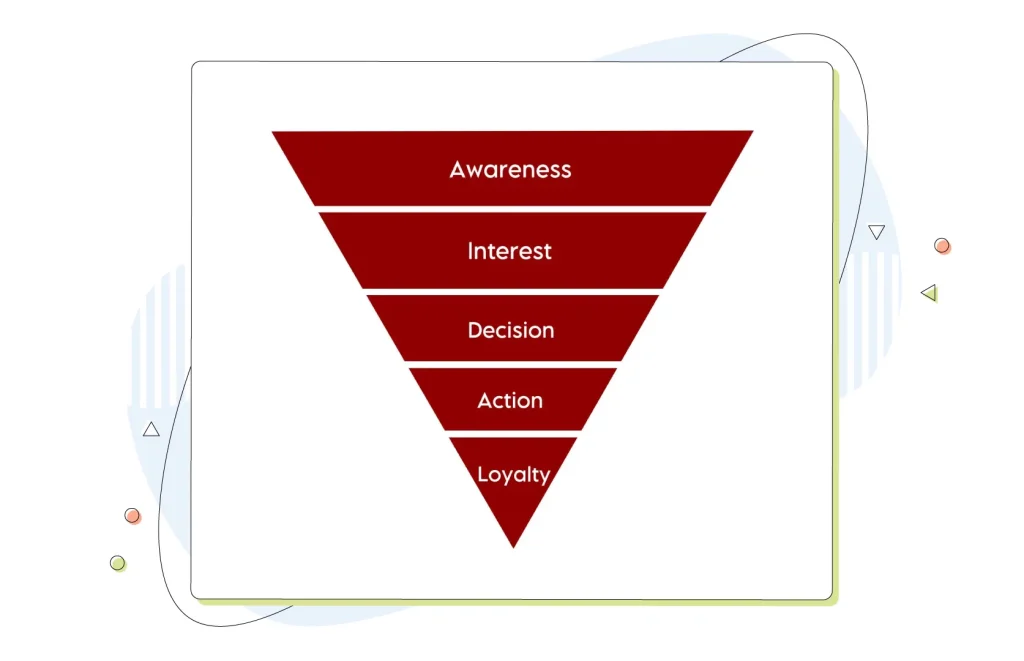
How Can Sales Funnels Grow A Business?
If growing company sales is your goal, then having a quality sales funnel isn’t just important. It’s necessary. Without one, you’re hindering your sales potential.
According to Zipdo.co, “Companies with well-defined sales and marketing-aligned funnels see a 36% higher customer retention rate.” Sales funnels help businesses grow by increasing their chances of making sales in a multitude of ways.
They make the marketing process smooth and put the customer in a position where they’re most likely to click the “buy now” button. Good sales funnels help boost conversion rates, target the right audience, optimize ads, allocate resources better, qualify leads, and more.
They allow companies to use their time and resources as efficiently as possible.
Tips For Creating A Well-Designed Sales Funnel
Creating a well-designed sales funnel involves understanding your target audience, mapping out the journey of potential customers, and implementing strategies at every funnel stage.
Here’s a step-by-step guide to creating a sales funnel:
1. Understand Your Target Audience
Identify your target audience and understand their needs, their pain points, and their preferences. Customize your engagements to address some obstacles your target audience might be facing and address the desires of your customers as well.
Knowing your audience enables you to engage in a way that resonates with them. Personalized communication is more compelling and relevant than generic content, and it increases the likelihood of capturing their attention.
2. Create Quality Content
Develop high-quality content that resonates with your audience at each stage of your funnel. This includes things like blog posts, social media posts, photos, videos, and other materials that can educate, entertain, and spark the interest of your potential customers.
Creating content with SEO strategies will help you gain visibility on any search engine. Platforms like Google, YouTube, and even Instagram can all be used to gain traffic through content creation.
Take the HostPapa Blog as an example. They publish quality content consistently, leading to their articles ranking on Google, and as a result, their organic traffic grows. From there, the traffic moves further down their web hosting sales funnel.
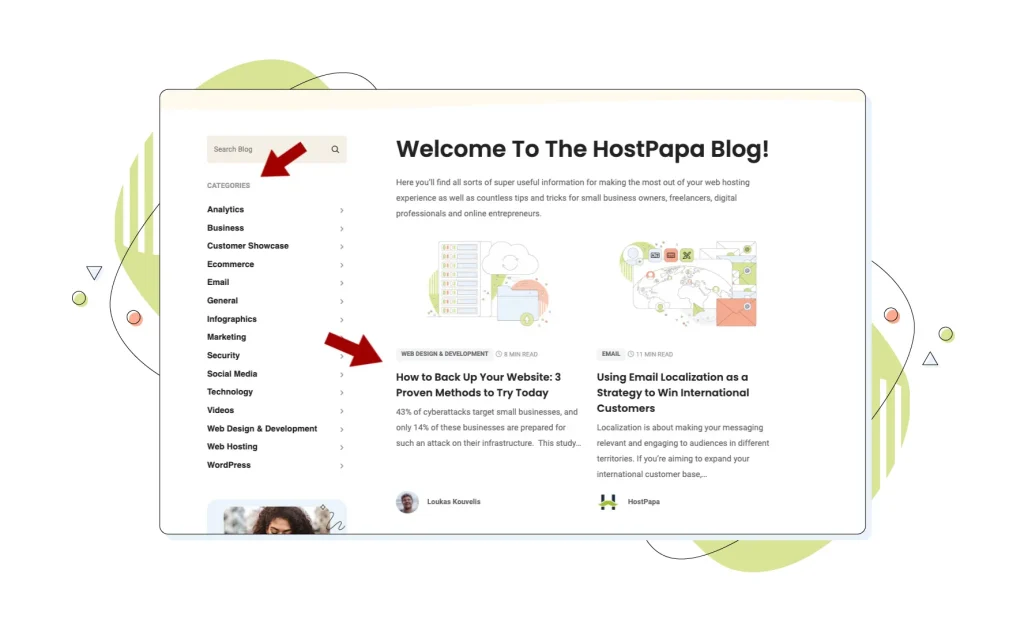
3. Build Awareness
You can use marketing channels, such as social media platforms, content marketing, SEO strategies, and paid advertising, to create awareness and increase traffic to your company.
Capture your customers’ attention and drive them to your website or landing page. Having a well-designed, user-friendly website is crucial for SEO.
Building awareness is considered a top-of-funnel stage, so your sales funnel should have a few more stages before reaching the bottom-of-funnel.
4. Generate Leads
You can use lead generation strategies to get contact information from interested customers. Offer free giveaways such as ebooks, webinars, free trials in exchange for their email address, and more.
If a customer is interested enough to give you their contact information, they’re often a bit more likely to make a purchase compared to customers who don’t enter their info. Leveraging various lead magnets is a great way to generate potential leads.
5. Nurture Leads
Nurturing leads is crucial for increasing sales with customers who’ve shown interest. This practice includes sending follow-up messages, providing valuable content, sharing success stories, addressing pain points, and even giving away free services.
One way you can optimize lead nurturing strategies is by developing an email marketing campaign. Use marketing automation tools to personalize customer contact based on user behaviour. Lead nurturing is often considered a middle-of-funnel strategy.
6. Educate And Engage Customers
Create in-depth content, case studies, and webinars to educate prospects and showcase the value of your products or services. This can spark interest in customers who want to learn about your product.
You can engage with your customers through social media, blogs, live events, and other interactive strategies.
7. Encourage Decision-Making
Most customers want to know a little about your product before opening their wallets for you.
Provide persuasive content, such as product demonstrations, free trials, or customer testimonials, to help prospects make informed purchase decisions.
You can also address their objections and highlight the unique selling points of what your company offers.
8. Have A Smooth Purchase Process
When finally making the sale, simplicity is key. Implement a smooth and user-friendly purchasing experience.
You can optimize your website for more conversions, simplify the checkout process, and offer multiple payment options. Minimize complications, and make sure the process is easy to understand.
This will increase the chances of your customer making a purchase. This is typically your bottom-of-funnel practice.
9. Encourage Customer Retention
Do things like follow up with customers after they make a purchase. You can express your gratitude, gather feedback, and provide additional resources or support. This builds customer satisfaction and increases the chances of them buying from you again. In many companies, repeat business is a huge part of their total sales.
10. Optimize And Test Your Strategies
Analyze data and performance metrics to identify some strengths and weaknesses in your sales funnel. Your strategy should include testing different elements, such as headlines, calls-to-action, and email copy, to constantly improve conversion rates.
Awareness of why some strategies work and others don’t is essential to growth. This is why keeping track of data is crucial.
11. Use Upselling and Cross-Selling
Look for some opportunities to upsell or cross-sell complementary products or services to your customers. This can increase the average transaction value and customer lifetime value.
For example, Amazon uses this strategy by having a “frequently bought together” category. This promotes more sales since the product can be conveniently paired with what they’re already purchasing.
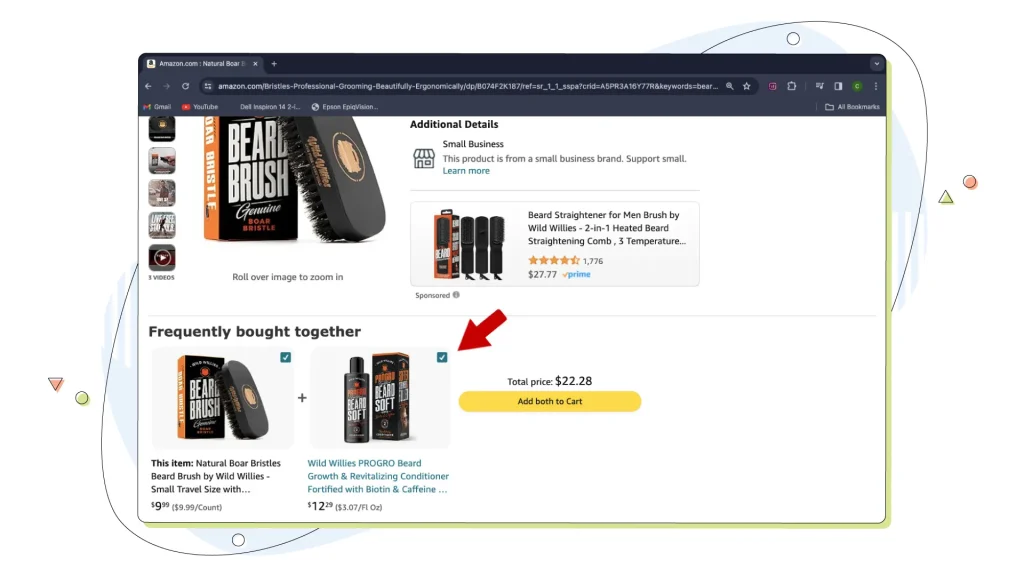
12. Encourage Advocacy
Build a great relationship with your customers and encourage them to become advocates for your brand. Implement referral programs, request reviews about their experience, and engage with them to amplify your brand’s reach.
Remember that a successful sales funnel is an ongoing process that requires monitoring, optimization, and adaptation based on customer feedback and market changes.
Regularly revisit and refine your sales funnel to be sure it always remains effective and aligned with your company goals.
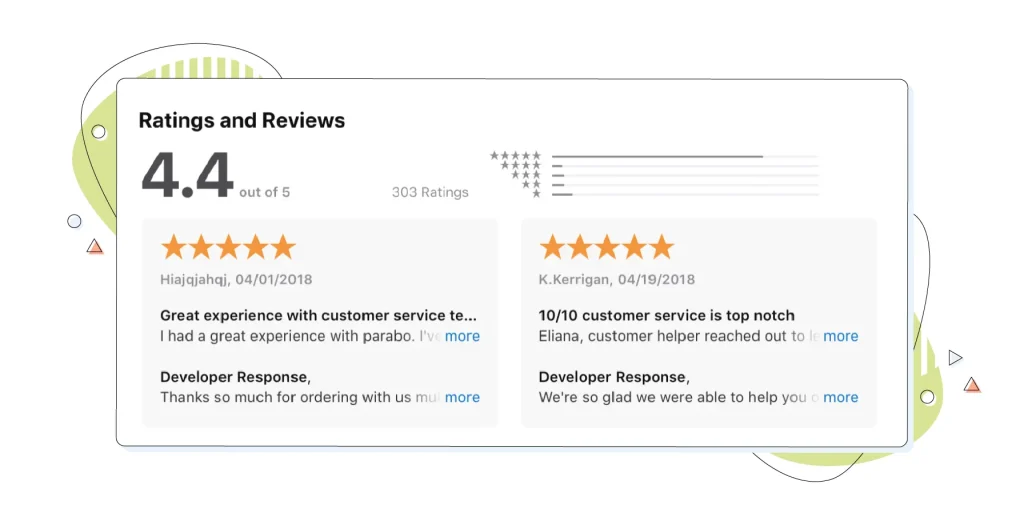
Sales Funnel Basics: TOFU, MOFU, And BOFU
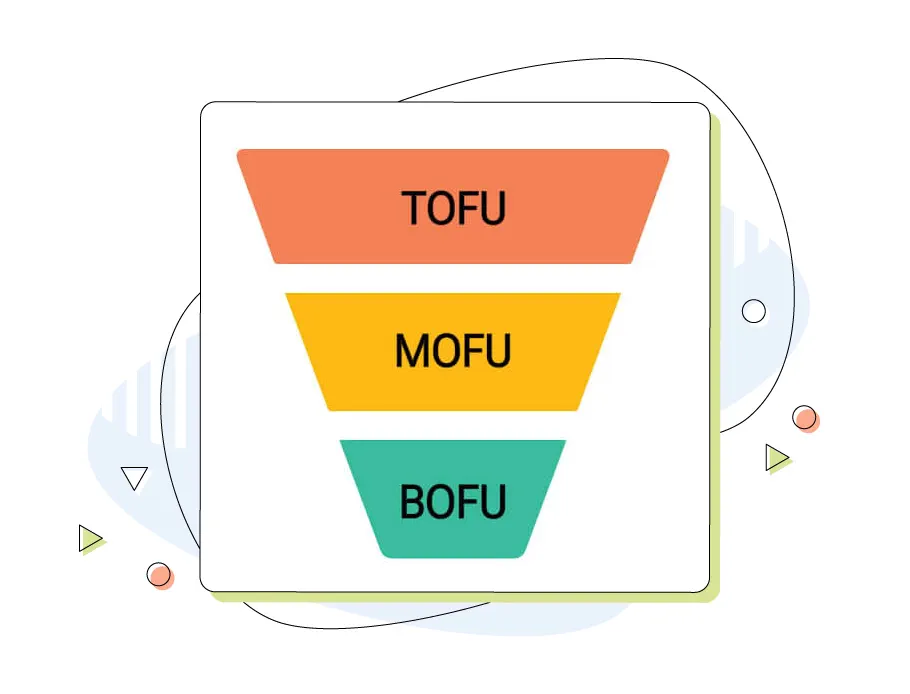
Img alt: ToFu, MoFu, BoFu fundamental stages of marketing funnels
ToFu, MoFu and BoFu are the fundamental stages of all marketing funnels. They are terms used to describe the three general points of the customer journey.
- ToFu: Top-of-funnel. This is when the lead first engages with your business. It can include viewing an ad, hearing about it on a podcast, receiving a cold email, viewing a social media post, etc.
- MoFu: Middle-of-funnel. This includes practices that intend to heighten the interest of a potential buyer. MOFU consists of email nurture campaigns, product reviews, webinars, and more
- BoFu: Bottom-of-funnel. This is often considered the stage where a purchase is made and afterward. BOFU can include virtual shopping carts, testimonials, reviews, case studies, and other similar things.
The Stages Of A Well-Designed Sales Funnel
Outlined below are the key steps that demonstrate a well-planned sales funnel with all the essential information for your target audience.
1. Awareness
The awareness stage is where the customer first becomes aware of your business. This can be achieved with things like paid advertisements, SEO, leveraging social media, and different types of content marketing.
Usually, in the awareness stage, customers have never seen or heard of your company. This is why it’s crucial to make a good first impression and, ideally, target the right audience.
2. Interest
Interest is the second stage of a sales funnel, where a customer evaluates what you have to offer.
They’ll often think about how your company can solve a problem they have and/or make things easier for them. Typically, the interest stage consists of persuasive content.
Things like landing pages, free tools or programs, case studies or statistics, etc., are all common strategies that are used to grow interest.
The customer is likely showing some interest at this point, and it’s important to capitalize on it.
3. Decision
The decision stage is most often located at the bottom of a sales funnel. This is where potential customers are ready to make a purchasing choice.
At this point, businesses must provide interesting information to encourage customers to buy. Some sales funnel examples include offering free trials, live product demonstrations, detailed specifications about your offerings, and customer testimonials.
When you’re buying things that you can’t see in person, it’s helpful to watch video demonstrations. Some popular websites that provide these demos include Temu (which has been very popular since 2023) and AliExpress, among others.
Free trials allow customers to experience the product firsthand and give them familiarity with a product before purchasing. Also, live demonstrations showcase key features and benefits of the services you offer.
Additionally, testimonials show social proof, building the trust and confidence of the buyer in the decision-making process.
4. Action
The action stage is typically where the customer makes a purchase or is close to it. Having a smooth, simple conversion process is crucial for making sales.
For example, one-click purchase options, countdown timers, exclusive discounts, and limited-time promotions.
Making the buying experience quick and easy is important if your goal is maximizing sales. An effective call-to-action (CTA) at this stage, such as “Buy Now” or “Complete Your Purchase,” can help guide buyers toward the final step.
Another tactic during this stage is sending what’s known as an abandoned cart email. A notification that you’ve left something in your cart, urging you to log in and complete your purchase.
At times, online stores may go the extra mile in enticing their visitors to make a purchase by adding an exclusive promo code that makes the deal too good to pass up.
By optimizing the Action stage, businesses can maximize their sales potential towards the bottom of the funnel.
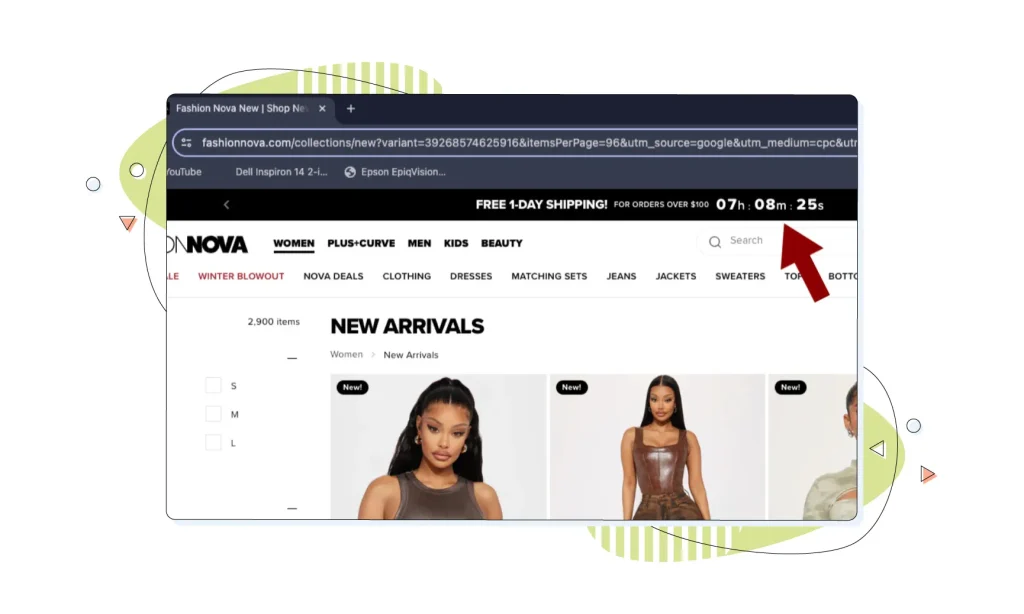
5. Loyalty
The loyalty stage, also known as customer retention, occurs beyond the initial purchase. Retention focuses on retaining and nurturing existing customers for long-term relationships and future purchases.
Some examples are personalized post-purchase emails showing appreciation, loyalty programs offering discounts, and customer support. Sending surveys for feedback shows a commitment to improvement based on customer insights.
This encourages repeat business and transforms customers into advocates who refer other customers.
Common Mistakes In Ineffective Sales Funnels
Without an audience, any sales funnel is pointless. Your company must be bringing in a good amount of traffic to see growth with any kind of funnel strategy.
Lack of traffic is a common reason why sales funnels are sometimes ineffective. You can improve traffic in a few ways, like implementing paid ads, using SEO strategies, and optimizing your outreach strategy.
“When it comes to sales, simplicity is key,” someone once said.
This advice can also be applied to designing a sales funnel. You should never have too many stages. Overcomplicating your sales funnel will generally hurt sales and lengthen the time it takes for a customer to purchase.
Another mistake that companies make is failing to nurture leads. Studies say “79% of marketing leads never convert into sales due to a lack of lead nurturing.” That’s a pretty big number.
You can have the most optimized funnel strategies, but without nurturing potential customers, your sales will be limited.
Does your sales strategy give customers reasons to trust and like you? Have your techniques charmed your customers, and reinforced their relationship with your company?
The term “nurturing leads” is all about developing relationships with customers and following up with leads. This can be done in many ways, like personalizing the customer experience, following up with leads, offering free services, offering discounts, etc.
A Good Sales Funnel Always Translates To Growth
Well-designed sales funnels are catalysts for company growth, no matter which business you’re in. By guiding prospects from the awareness stage to the loyalty stage, sales funnels can transform brand-new customers into repeat buyers and loyal advocates.
Leveraging data and constantly improving your strategies based on that data is the key to success. Studies say that 48% of marketers worldwide are placing their focus on sales funnel improvements this year.
This comes as no surprise – the importance of having a quality sales funnel can’t be overstated. When used correctly, sales funnels can make company growth skyrocket.
Enjoyed this post? Hop on HostPapa.com and start your own online journey with a brand-new web hosting solution!
Author Byline: Matt Pierce is an SEO specialist and blogger from California. He is the founder of mattsworld101.com, a website about tech and electronics.
